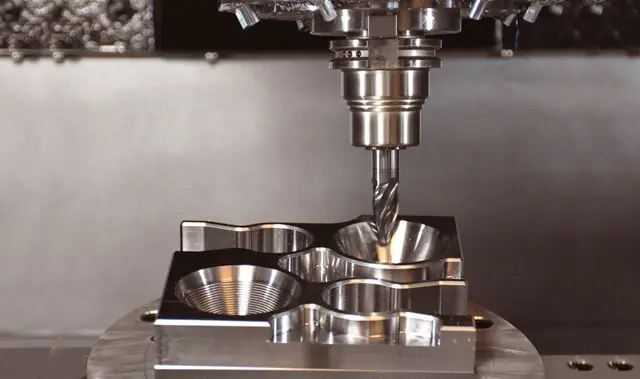Improving the surface finish of your CNC projects
Finishing is usually the last step in virtually every CNC project before inspection and evaluation. After all the time and effort that has been put into making a part, you always want to perfect your precision part by applying a great finish and avoiding common errors that can bring about the need for scraps and ensure that your surface finishes are no short of excellent.
Here are some great tips to bring you one step closer to perfection on your next CNC project!
1. Dial in the right speed and use the correct feed
As you already know, speed is a very important factor when looking to achieve surface finishes of the highest quality. Dialling in the correct feed and running at the right speed helps to reduce the built-up edge, also known as BUE. Working at a decreased feed also reduces the chances of a flank wear. These criteria can also help to prolong the life span of your tools.
Also, you can avoid smearing in your finish by ensuring that you do not dial the depth of your cut so far that your tool rubs against your work surface rather than cutting it.
2. Add a chip breaker
Encountering a lot of long-coil chips when finishing your CNC part may be signs that you’re working at a pressure too high. This will not only create strips of metals that may damage the surface of your part, but also lead to a faster wear and tear of your tools. To counter this effect, use a chip breaker to make chip control and removal more seamless.
You will need to take factors such as tool shape, milling setup, ductility and the type of coolant being used into consideration, but once you have selected the right chip breaker, you will find it easier to clean away chips before they come in contact and affect your surface finish.
3. Maintain rigidity
Rigidity generally refers to the firmness and rigour of your toolholder in the machining process. It is important that your toolholder remains rigid in the cutting process as unplanned deviation and sudden movements can cause scalloping and chatter on the surface. This in addition to good CNC/finishing practices like dialling the right speed and using the correct feed will minimize the chances of tool deflection and chatter.
4. Rake angle is important
Increasing the rake angle helps to make your chips more manageable and gives you more control of the process. This in turn will improve the cutting efficiency and decrease the wear and tear of the tool while producing a more elegant finish on your surface.
5. Use the right tool
Lastly, endeavour to always use a finishing tool for your surface finishes. Roughing tools are very different from finishing tools and although you may think you can save money by having one type of each, the impact will be very visible on the quality of your finishes. Using roughing tools in the finishing stage is also very likely to result in a higher volume of scrap.
Furthermore, the type of surface finish to be achieved may be distinctly different in terms of the cutter and geometries of the roughing cuts, and as such, it is highly recommended that you have a set of finishing tools for this delicate stage.
Have you found your finishes lacking that superior touch of excellence? Try anyone of these tips of ours and get better results on your next CNC project!
At First Part, we offer high quality CNC machining and fabrication projects that boast of superior quality from start to finish. Our workshops are fitted with the latest technology and well equipped to ensure that every prototype and part we make for you is of uniform quality in its 10s, 100s or 1000s.
We also have a quick turnaround period, stringiest quality control and best in-class customer experience. To find out more about our services and machining process, contact us today!










